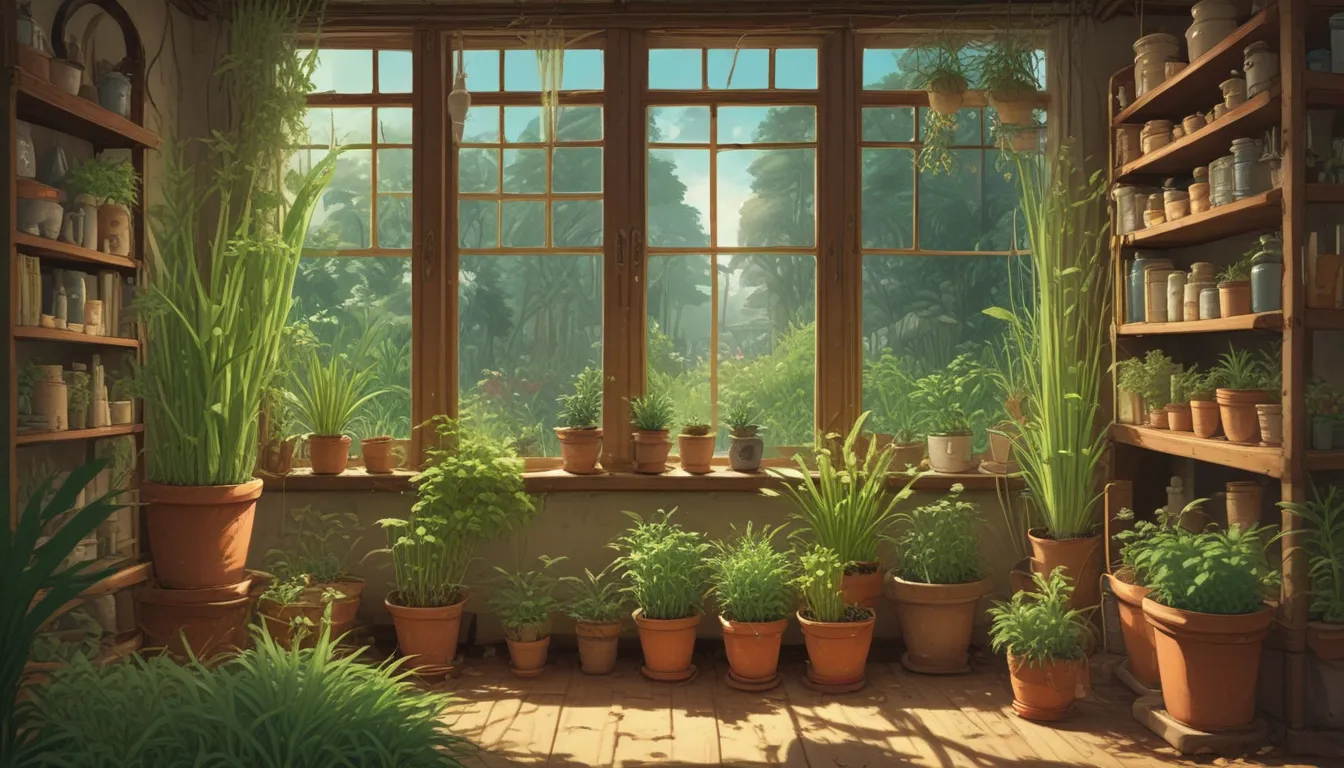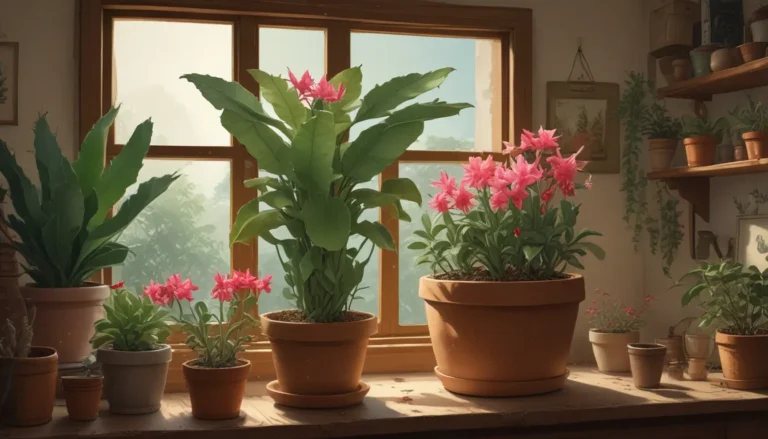Comprehensive Guide to Growing Lemongrass Indoors

Lemongrass is a popular herb known for its refreshing citrusy scent, making it a favorite in many culinary dishes and herbal remedies. In addition to its culinary uses, lemongrass is also valued for its medicinal properties and the essential oil is often used in cosmetics for its fragrance.
If you’ve ever wondered whether you can grow lemongrass indoors, the answer is a resounding yes! In this detailed guide, we will walk you through everything you need to know to successfully grow lemongrass indoors.
Lemongrass 101
Lemongrass, originally from India and tropical regions of Asia, is a tender perennial grass that can grow up to five feet in height. The lower sections of the stalks, particularly the tender white and light green parts, are commonly used in cooking.
While lemongrass is considered a tender perennial, it is often grown as an annual in cooler climates. It thrives best in USDA Hardiness Zones 8 to 11.
When growing lemongrass indoors, it’s important to provide the plants with at least six hours of bright sunlight from a sunny window or supplemental light sources such as cool white fluorescent or LED lamps for 12 to 16 hours a day.
The ideal soil pH for lemongrass is between 6.5 to 7.0, with good drainage and moisture being key factors for successful growth. The plants can tolerate temperatures ranging from 50 to 91°F, but they prefer temperatures between 77 and 85°F.
Getting Started
To start growing lemongrass indoors, you’ll need to gather the necessary supplies and follow these steps:
Choosing a Container
- Use a pot that is at least 12 inches in diameter with adequate drainage holes.
- Clean and sanitize the container before planting to prevent the spread of pathogens.
Soil
- Lemongrass thrives in well-drained soil with equal parts of peat moss, perlite, and potting soil.
- Consider using organic potting mix that includes coconut coir, mycorrhizae, and composted pine bark for optimal growth.
Propagation Tips
Lemongrass can be propagated through various methods including seeds, cuttings, division, or nursery starts. Here’s how you can propagate lemongrass indoors:
From Seed
- Sow lemongrass seeds in small pots or seed trays, ensuring they receive bright, indirect light.
- Thin out seedlings and transplant them into larger containers once they have matured.
From Cuttings
- Cut healthy stalks of lemongrass and root them in water before transplanting them into soil.
- You can also root cuttings from store-bought lemongrass stalks by placing them in water until roots develop.
By Division
- Divide mature lemongrass plants and replant the divisions in suitable containers for indoor growth.
Nursery Starts or Seedlings
- Purchase nursery starts from a garden center and transplant them into containers filled with potting mix.
- Pre-water the plants before transplanting to minimize stress.
Growing Lemongrass Indoors
Choosing the right location for your potted lemongrass is crucial for its growth and development. Here are some tips for successfully growing lemongrass indoors:
- Position the pot near a window with southern, southwestern, or eastern exposure for optimal sunlight.
- Water lemongrass when the top inch of soil feels dry to the touch, ensuring the soil is consistently moist but not waterlogged.
- Fertilize lemongrass with a balanced, liquid fertilizer on a weekly basis during the growing season to promote growth.
Pests and Disease
Lemongrass is a hardy plant that is resistant to most pests and diseases. However, spider mites and leaf blight can be potential issues to watch out for. Here’s how you can address these problems:
- Use insecticidal soap or spray the plant with water to dislodge spider mites.
- Remove affected foliage if leaf blight is present to prevent the spread of the disease.
Harvesting and Preserving
You can harvest lemongrass once the stalks have reached a quarter to half an inch in diameter. Cut the stems at the base and leave some of the plant for regrowth. Here are some ways to utilize harvested lemongrass:
- Use the stalks in cooking by mashing or cutting them into sections for flavoring.
- Dry the leaves in the sun or oven and use them in soups or teas.
- Freeze lemongrass for later use in culinary dishes.
By following these steps and guidelines, you can enjoy the refreshing aroma of lemongrass year-round. From propagation to harvest, this comprehensive guide covers everything you need to know to successfully grow lemongrass indoors.
Have you ever grown or thought about growing lemongrass indoors? Share your experiences or questions in the comments below!
For more information on growing herbs, check out our related articles:
– Lemongrass Winter Care: How to Prepare for the Cold
– How to Grow Herbs in Containers
– 15 Tropical Herbs and Spices to Grow in Your Garden.





